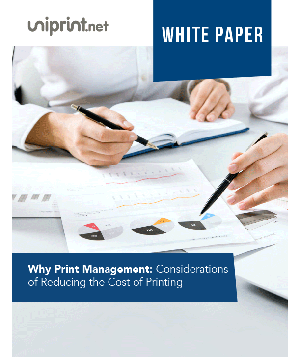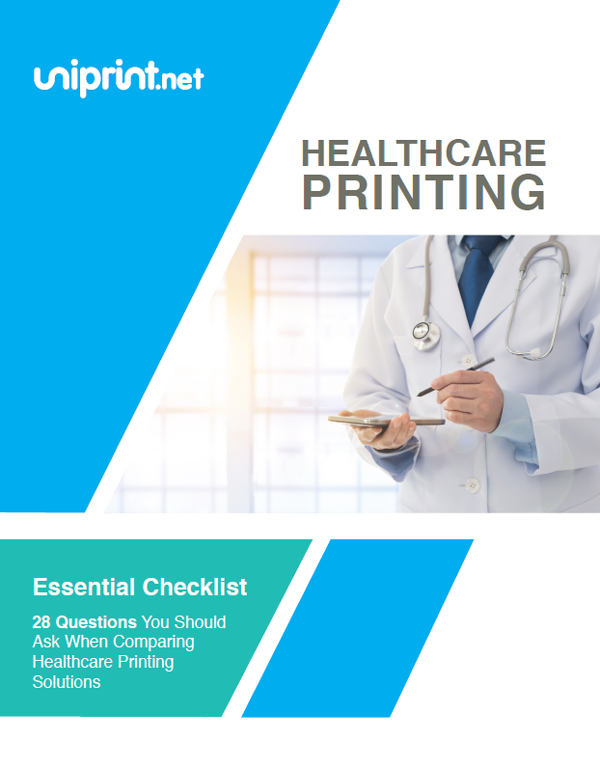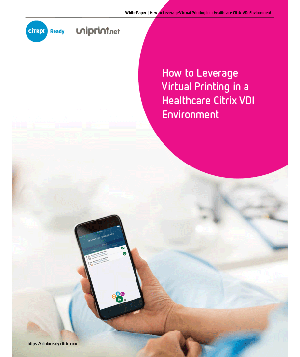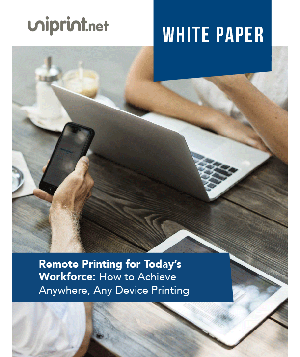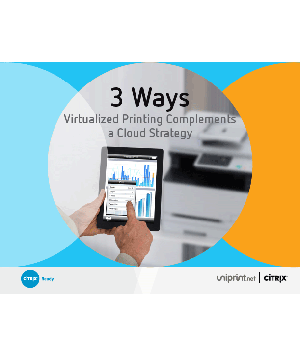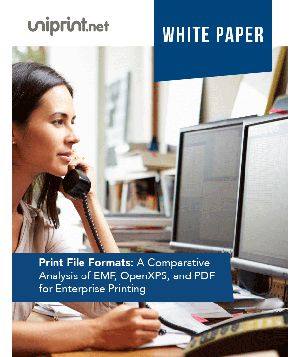Mobile Device Management and Mobile Security
A recent survey by International Data Corporation (IDC), predicts that the number of mobile workers in the U.S. will increase from 96.2 million in 2015 to 105.4 million by 2020. It is projected that by this time mobile workers are estimated to make up 73% of the U.S. workforce. While this is an astonishing prediction, confirming that our world and workforce is becoming ever-more increasingly mobile, how can companies control who has access to data in remote locations?
Employers are adapting a mobile strategy that gives employees the freedom and flexibility to work in different remote locations within their office or outside of their home office. Companies want to allow employees to go mobile but are uncertain of how to manage large volumes of devices securely when they are all not in the same place. While going mobile may seem like a cost efficient solution, companies are hesitant to implement due to security risks and the costs associated with them.
Conducting business on devices that are not protected by a company’s security firewall puts an organization’s database at a higher risk of being infiltrated by an outside source. With increasing data breaches and company hacks around the world, fixing and preventing this has become a major priority.
Security breaches that have occurred recently have hit different sectors of businesses across multiple countries and affected them in a variety of ways. Some say “it’s not a matter IF your network will be breached, the only a matter of WHEN.” Kapersky Labs, one of the world’s fastest-growing cybersecurity companies, was infiltrated through a malware platform that was sent to attack their internal systems and made to remain hidden from inspections. Anthem, a leader in providing Health Insurance in the U.S., fell victim to a cyberattack that compromised the personal information of both past and present employees and consumers, putting their identities at risk for fraud.
As the the frequency of these security attacks continues to increase, the costs of reactive programs are rising along with them. The 2015 Cost of Cyber Crime Study: Global calculated that $7.7 million dollars was the average annual cost spent protecting organization’s databases from outside threats. The study focused on strictly reactive measures and the result was found that the most money is spent on detection and recovery at a total of 53 percent of the entire annual cost.
The annual costs for reactive programs will continue to increase as the number of security breaches rise. For companies whose employees are constantly on the go, there are many applications that can be installed for access to corporate files on personal or corporate devices. One of the trends for mobile employees is bring your own device (BYOD). For those employees who are bringing in their personal devices to work, companies need to think about BYOD security. Allowing employees to become mobile using BYOD, presents many concerns for security.
It is becoming more important for companies to start thinking about how they can be proactive and adapt to the mobile workforce. In order to do so, companies should establish a secure mobile device management (MDM) system for employees. MDM software can be customized by companies and gives them complete control of employee usage and exposure, while also installing security measurements. This application will connect users to all corporate files. Without it, the access of unauthorized users will be blocked. Blocking unsecure data decreases the exposure to unsecure sites and prevents potential spam and viruses. Companies are able to control the access of company information without interfering with the employee’s personal data. If an employee’s device goes missing or gets stolen, companies can control, monitor, and shut down that user’s corporate information as a precaution to potential security leaks. MDM offers companies an option to be proactive against cyber threats caused by a lack of security on an employee’s mobile devices. An MDM system should be put forth as a way to prevent the costs of reactive work after a security breach occurs.
Implementing a MDM system can give companies access to and control over many different features, such as secure printing. While certain industries may not consider printing a necessary feature for mobile users, others consider it a fundamental tool. Two of the most highly regulated industries – financial services and healthcare – are examples of the biggest supporters of mobile. These are also two of the industries that rely the most heavily on printing client or patient documents. Within MDM software, print management features can be implemented with tighter security requirements. Secure print management software allows mobile users to print in a protected environment regardless of where they are. Print jobs will be sent via a virtual print queue across the cloud and only released on the selected printer upon user authentication. This decreases the risk of documents being printed and landing in the wrong person’s hands.
Financial services and healthcare are not only the biggest supporters of mobile usage, but also require the most frequent access to printers for everyday use. With the volume of data stored on company servers, how can documents be printed while remaining compliant? Implementing a secure print management system would require users to send print jobs to a virtual print queue, rather than a designated print station. Users can retrieve their documents from any location throughout their office by using a user specific PIN or password. Making printing independent from the device may seem like a risk to potential security leaks but it is a smarter and more secure option. The user is in full control of where important information is released, rather than being confined to one print station.
Regulations, such as HIPAA, that protect patient information and confidentiality need to be taken into consideration. Without the proper software, doctors and other healthcare officials cannot be sure where their documents will be printed or who could get access to them. This would create a major issue when having to stay compliant to stringent industry rules and regulations. Similarly, the Federal Trade Commission releases new standards on safeguarding customer information frequently. Companies do not want to risk the possibility of sensitive information getting into the wrong hands. The consequences could cost more than if a secure printing feature was enforced in their mobile devices from the beginning. Data breaches are becoming too common in the evolving mobile climate and can be avoided if managed correctly.
Companies whose employees rely heavily on mobile devices and working remotely, should implement an MDM strategy. Preparing employees for the future is not only necessary but the secure decision.




